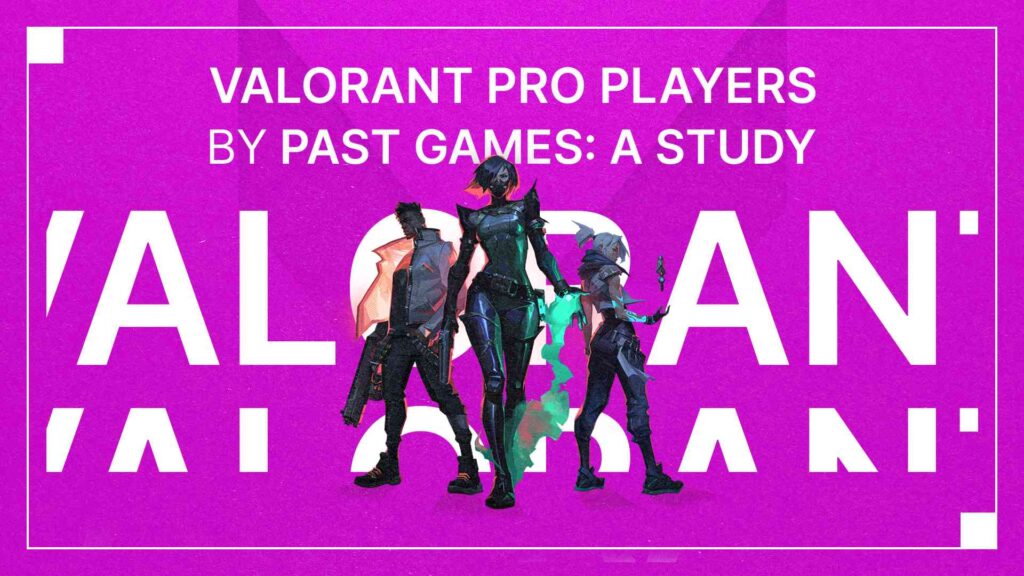VALORANT was released in June of 2020, and it brought a massive influx of players from several games with unsatisfied player bases; Counter Strike: Global Offensive, Fortnite, Overwatch, to name a few. Feeling burnout; this cohort of players had already exhausted the enjoyment they’d found in other titles. With VALORANT coming up at the perfect time, a lot of them made the switch and found what they missed in the FPS genre.
Read more: Gekko Agent Valorant: Abilities, Analysis, Overview
Fast forward to the end of 2021; the inaugural season of Valorant Champions Tour is at its climax. SEA made a statement at Champions with both teams making it out of groups. KRU Esports have just made a miracle run at Champions. Acend has just beaten a young Gambit team in the Grand Finals to become the best team in the world. It’s beautiful.
Acend are a perfect example of exactly what that early influx brought with it. VALORANT is the first game Mehmet YaÄız “cNed” Ä°pek’s played at the professional level. Santeri “BONECOLD” Sassi and Vladyslav “Kiles” Shvets were upcoming players playing in the European sub-tiers of Counter-Strike. Aleksander “zeek” Zygmunt was a decent Fortnite player in the Polish scene. And Patryk “starxo” KopczyÅski had his feet in Fortnite waters too, before he switched to VALORANT.
Everyone’s been given a fresh chance at competition and with it, the players have seized the opportunity with both hands.
Contents
Analyzing the switch
In this article, we analyze the top ten ranked VALORANT teams in Asia-Pacific, Europe, and North America (as per VLR.gg‘s Team Rankings). The rosters listed are current at the time of writing (VALORANT Champions and early January) or the last roster with relevant data available.
We’ll assign each team a ‘core’ based on what game at least three players have had a professional past in. If there’s no majority, we’ll classify this as a ‘mixed core’. Columns list games players have commonly switched from. The Battle Royales (BR) section includes Fortnite (FN) and PUBG (P). The other games column includes games like Battalion 1944 (1944), Krunker.io, Crossfire (CF), etc.
The Pure VALORANT Players column is for players that played VALORANT as their first professional esport, or players with no competitive background, but includes players that played games like Counter-Strike or Overwatch and others at a high skill level but not in any professional capacity.
Europe

From the above infographic, we can see that six of the top ten teams in Europe consist of mainly ex-CS pros. The other four teams consist of mixed compositions of players. The region contains 20 players, out of a possible 50 who have not had a pro-CS past. Most players who are Pure VALORANT players are in fact high-level CS players that didn’t get a shot on relevant semi-professional teams. However, there is a small number of ex-Fortnite and PUBG players in the scene.
Fnatic, who’ve been a top-performing team in Europe throughout 2021, played with ex-Fortnite pros, Domagoj “Doma” Fancev and James “Mistic” Orfila. As well as Martin “Magnum” PeÅkov, who’s had no professional esports past (but a lot of hours playing Rust.) Nikita “Derke” Sirmitev and Jake “Boaster” Howlett are the only ones with a CS past.
Fatih ‘gob b’ Dayik is the IGL of BIG Clan and is the only established CS professional in BIG’s lineup. They have the only player with a Rainbow Six and Battalion 1944 past in the top ten in Europe. Meanwhile, Team Vitality are the only team with a PUBG ex-pro.
Tenstar, G2 and LDN UTD are all teams with established lower-tier CS:GO professionals, with an up and coming ex-CS player sprinkled among them; like most European teams. Most top CS:GO pros have not switched in Europe, as the CS:GO ecosystem is far healthier in Europe.
Team Liquid are a team with 5 proper CS:GO professionals’ and one of the biggest CS names to switch so far’ Adil ‘ScreaM’ Benrlitom. They also have Nabil ‘Nivera’ Benrlitom and Elias ‘Jamppi’ Olkkonen; both of whom were establishing themselves in the best CS:GO teams before they switched. They’ve consistently had great results and a decent finish at VCT: Champions as well.
Gambit is the most CS-dominated team in the top three teams in the world. None of their players have a non-CS background. Bogdan ‘sheydos’ Naumov and Timofey ‘Chronicle’ Khomov are both ex-CS players but have barely played in any professional games. The other three were upcoming semi-pros before they switched.
North America
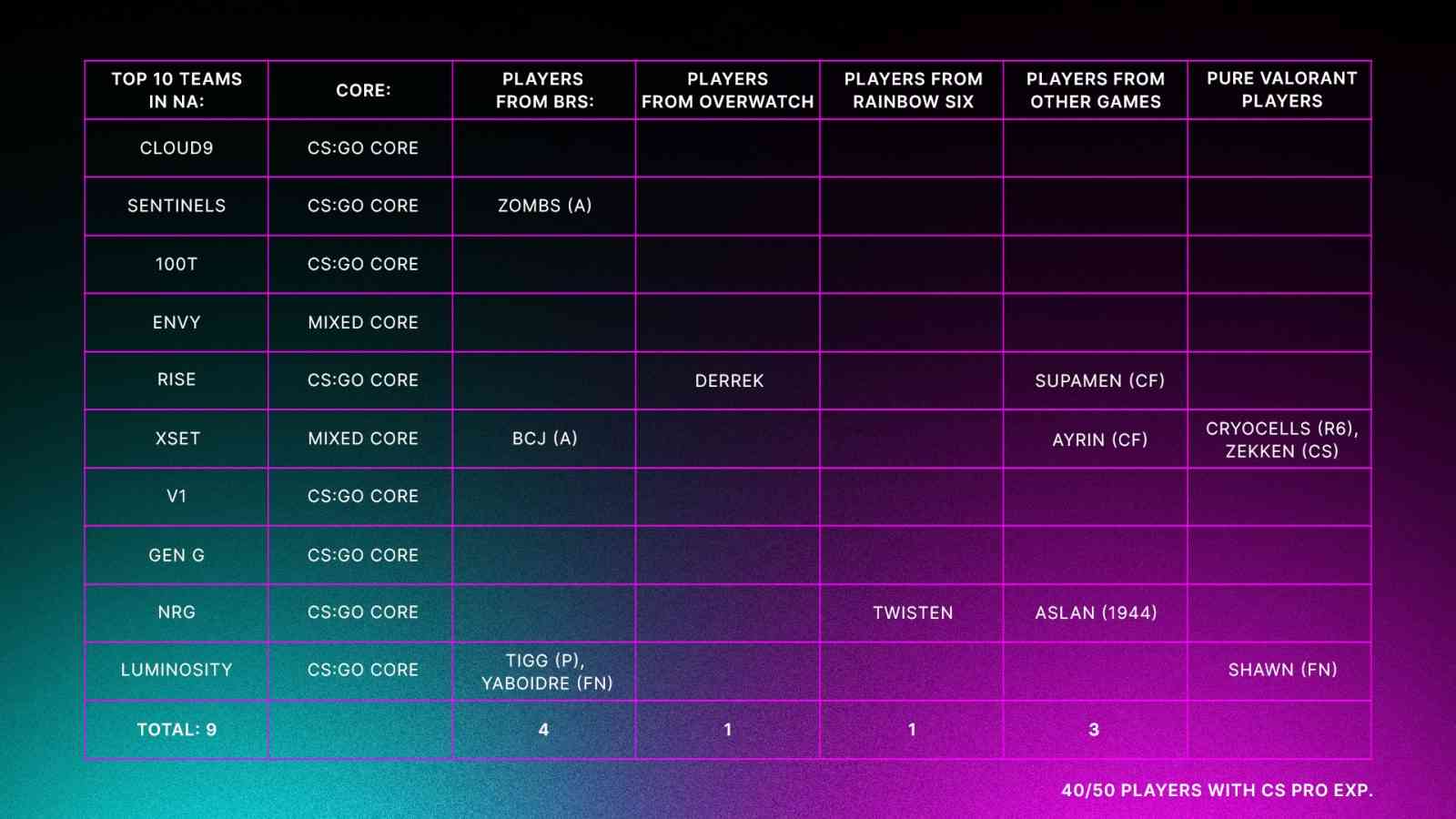
North America is an interesting region due to the high number of relatively bigger names that switched over to VALORANT from other games; like Nicholas “nitr0” Cannella, Ethan “Ethan” Arnold, Joshua “steel” Nissan , and Jay “sinatraa” Won .
North American CS was on the brink of death and although it is making a comeback now, a significant chunk of talents and players who were solidly established as tier two in the scene moved away to VALORANT.
NA has a shocking 40 players out of a possible 50 with a pro-CS background. Those numbers signify that the competition consists of more and more established players. Only 3 players are pure VALORANT players without any prior professional experience, in contrast to Europe’s 12.
Most teams in NA have experienced players, and this was made apparent in the earlier stages of VALORANT. These teams dominated and won more consistently due to their experience with competition combined with their skill in VALORANT.
Sentinels, made up of 4 ex-CSGO pros, and one Apex Legends and Fortnite ex-professional won VCT: Masters ‘ completely smurfing on the competition. They had some of the best VALORANT players of the time, but were also extremely experienced under pressure, and it showed.
NA’s non-CS population is quite evenly divided between ex-Battle Royale, Overwatch, and purely VALORANT players, with a few Crossfire/Rainbow Six Siege players here and there.
XSET is probably one of the most interesting teams in the region, with one ex-Crossfire player, one ex-Fortnite professional, and two young talents brooded in VALORANT. They have a mixed core, whereas every other team in NA has CS:GO core. Cloud9, GenG, V1, 100T, Envy all have complete ex-CS rosters. That’s five whole teams exclusively made out of CS players. Teams like Sentinels and NRG have overwhelming CS majorities but with only one player with a non-CS background. This is probably a result of larger incentives for established players switching over to VALORANT in NA, and these
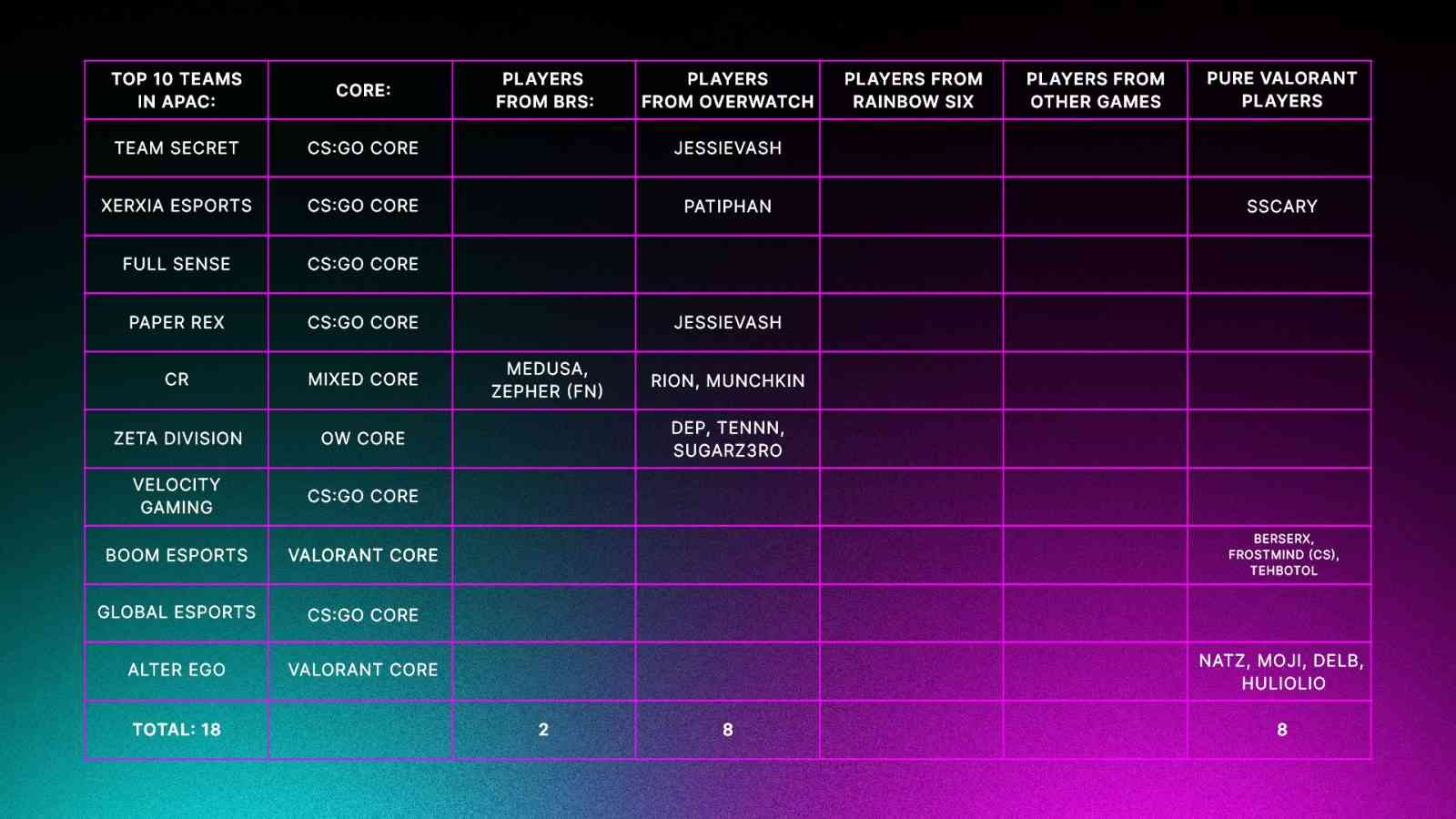
South East Asia, like the EMEA top ten, has a decently sized non-CS player base that transitioned into VALORANT. 18 players out of a possible 50 don’t have professional CS experience. Six teams out of the total ten have a CS:GO core. Two teams feature a VALORANT core, one team features a mixed core and another team, ZETA, features an Overwatch core.
Eight players have transitioned on from Overwatch to CS:GO; which is a huge number in comparison to EMEA’s zero and NA’s one. ZETA Division is one of the few top teams in the world to have a dominantly Overwatch core in addition to the previous FaZe lineup (which is no longer a top ten team), along with a few more teams in SEA and Korea.
This is due to Overwatch’s popularity in Asia, and to a smaller extent in NA relative to other FPS shooters. The Asian market was dominated by Overwatch and Crossfire, without the domination of the usual FPS’ in CS:GO and Rainbow Six: Siege.
However, as usual, the most successful teams tend to have CS:GO cores’ even in Asia. The most successful teams in the Asian region so far have been: Team Secret and XERXIA Esports. Each of these has had a heavily ex-CS roster, with one import from Overwatch also featuring in both squads.
Teams like Velocity Gaming, Full Sense and Global Esports have complete ex-CS pro rosters. Other teams like PRX lean toward CS:GO cores with one or two imports from other games.
Crazy Racoons is the only team to feature two BR players, both of whom come from Fortnite. They also feature two Overwatch players in and an ex-CS pro in Yusuke “neth” Matsuda.
SEA is also the only region to feature teams in the top ten with a pure VALORANT core. Two teams in the top ten have VALORANT cores.
What can we Infer?
CSGO’s Dominance throughout these Teams
Out of the total 150 players, we considered for our study:
- 116 players (equivalent of a 77%) are players with ex CS experience.
- 102 players (equivalent to a 68%) are players who have played CS:GO professionally.
68% of all players in the top 10 teams of these regions are ex-professional CS:GO players; including players who’ve played CS before, but not professionally the number rises to 77%.
In Europe, 11 players from the 12 pure VALORANT players had prior high level CS experience, albeit not on a pro level. This usually refers to Faceit Level 10 skill level, and/or a few games listed on HLTV. Keep in mind these numbers include players who have not played CS:GO professionally.
What that means is essentially 41 out of the 50 players were high level CS:GO players in Europe. Including top players from teams like Ascend Club and Gambit Esports.
In North America, Zachary “zekken” Patrone had a CS:GO past prior to VALORANT. That brings up the number of North American players with an ex-CS heritage to 41 too.
In South East Asia, the number increases thanks to BOOM Esports. With Muhammad ‘frostmind’ Rafi and Rizkie ‘BerserX’ Adla bumping the players with an ex-CS past in SEA to a grand total 34.
Role of Imports from non-CS games
Teams like XERXIA Esports, Team Secret and Paper Rex Esports consist of a 4-man CS:GO core with an import from Overwatch. All the players in question were imported’ and serve as the only players that aren’t ex-CS pros on their team’ but the roles fulfilled by these imports couldn’t be any more different.
XERXIA Esports’s Patiphan ‘Patiphan’ Chaiwong and Paper Rex’s Jing ‘Jinggg’ Jie play the role of being the up and coming stars; gifted mechanically with a lot of star potential, high fragging and hyper aggressive. They’re well supported by their teams, and used to create openings for their team to close out.
Whereas Team Secret’s Jessie ‘JessieVash’ Cristy Cuyco fulfils the role of the age-old veteran, with top level experience in multiple titles; guiding the younger blood and players to victory with his calmness and experience, filling the gaps where necessary. His team is reliant on him during the clutches and high pressure situations to make the right decisions and bail his team out.

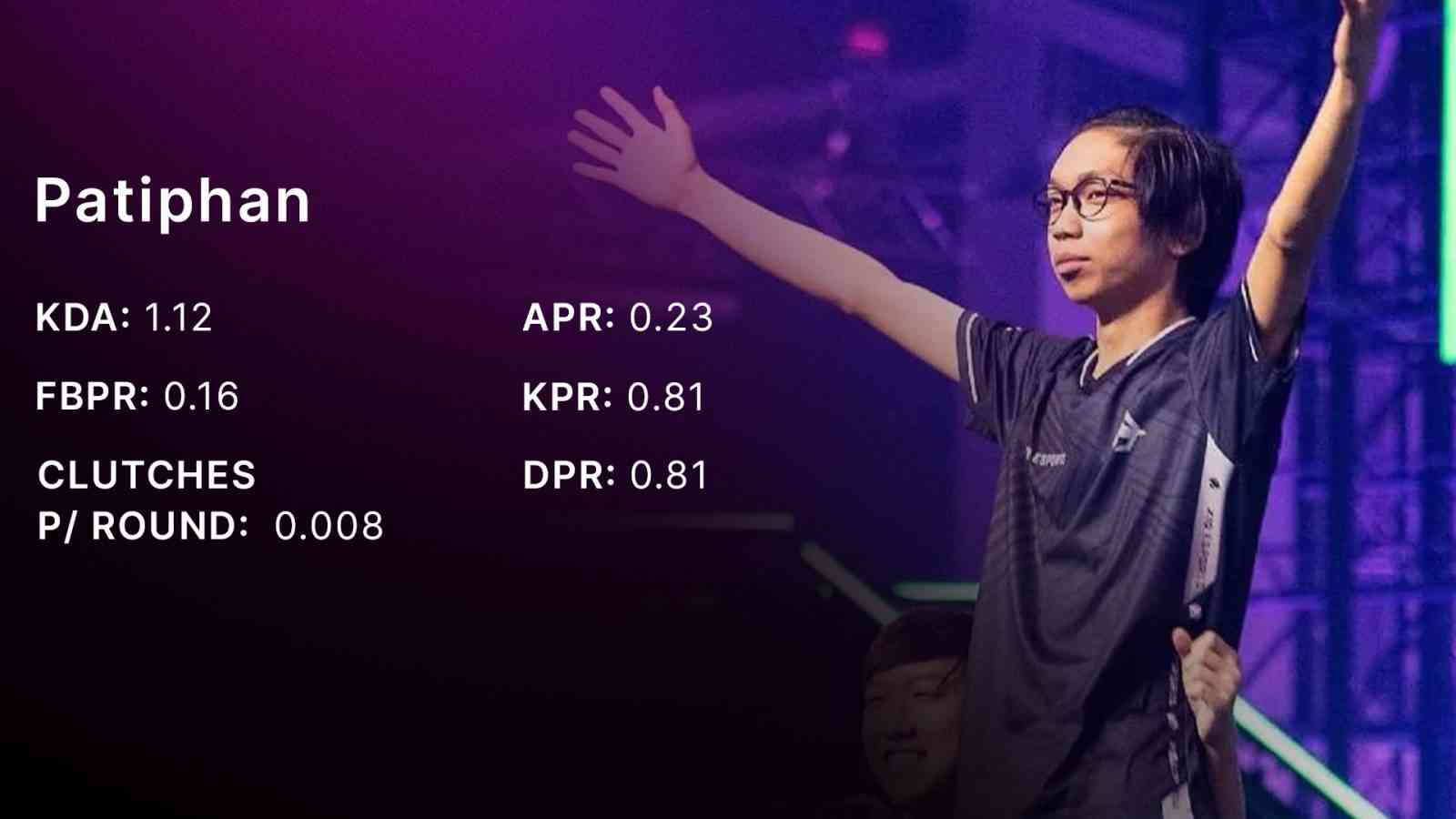
We can clearly see that Patiphan has an above average K/DA, with double the First Blood per round compared to JessieVash. This shows clearly that Patiphan is put in roles where he has to frag more and has to create more entries for his team on both the attacking and defending sides. However, JessieVash has nearly double the Assists per round and Clutch per round in comparison. Again highlighting their difference in duties for their respective teams. Their Damage per round is relatively similar but again, Patiphan edges it out with a slight increase in Kills per round.
*Patiphan ‘Patiphan’ Chaiwong has now moved on from VALORANT unto Overwatch League for 2022 season.
Homegrown VALORANT players
South East Asia and Europe have a significant amount of young talent coming up through the ranks as Pure VALORANT players. SEA has two teams that have a VALORANT-core. BOOM Esports and Alter Ego Indonesia ‘ which is quite the risk when you consider how young most of these pure VALORANT players are!
However, it’s worked out fine for teams like: Gambit, Acend and even BIG. All of who have a decent chunk of young inexperienced VALORANT players, supplemented with other young players who have a little bit of professional experience in past games; like Aleksander ‘zeek’ Zygmunt and Patryk ‘starxo’ Kopczynski from Acend Club, and Nikita ‘d3ffo’ Sudakov and Igor ‘Redgar’ Vlasov from Gambit Esports.
Europe and South East Asia have been at the forefront of giving younger players an opportunity to show off the talent they possess. With each having 12 and 8 Pure VALORANT players. That’s at least 24% and 16% of the talent pool of the top teams in Europe and SEA playing VALORANT as their first professional shooter.
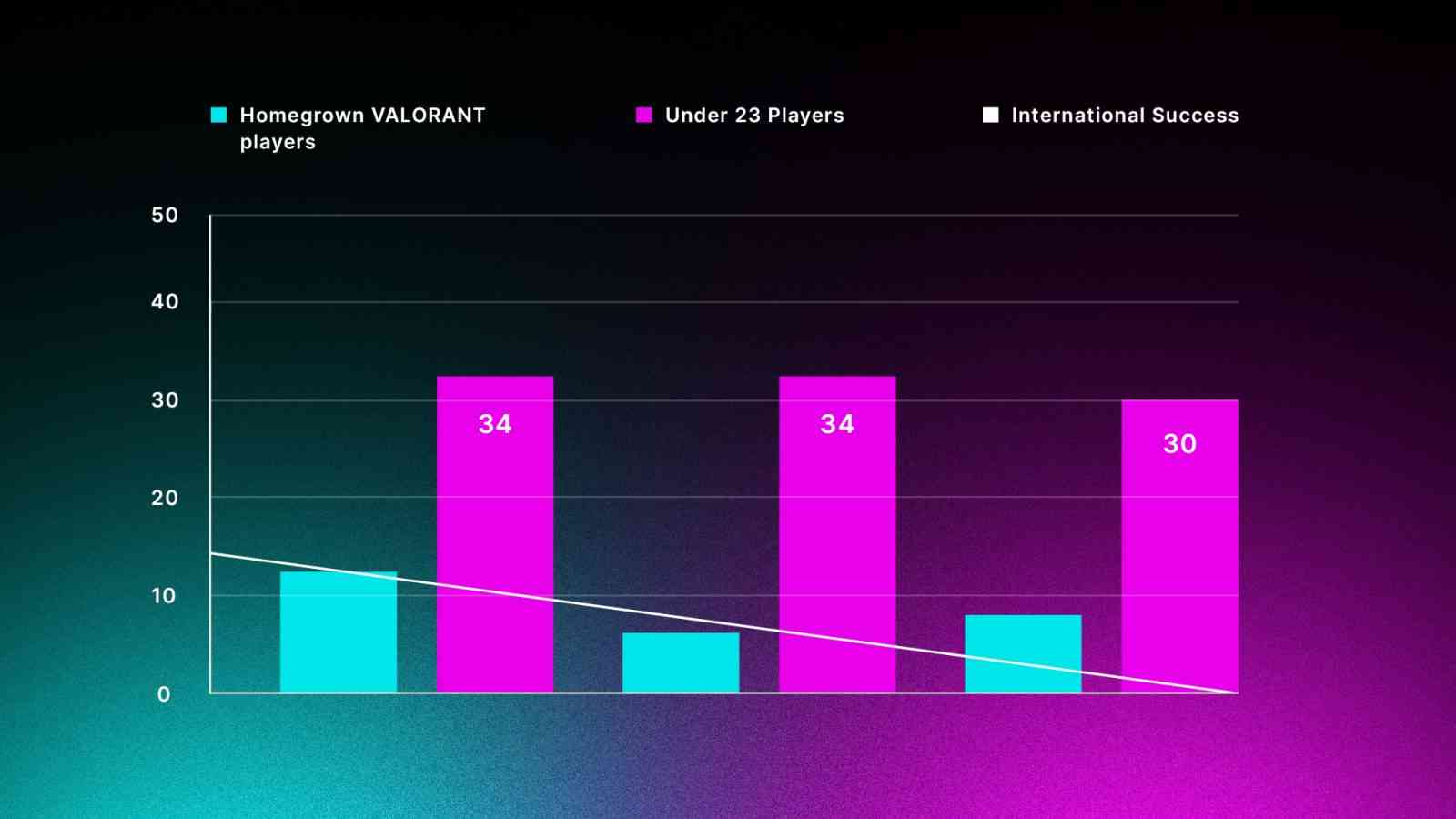
North America is an outlier here ‘ with barely a 6% of pure VALORANT players in the top teams. This is clearly reflective of the decline of other North American esports titles such as Counter-Strike, Fortnite, Apex Legends and Overwatch. Most established and up and coming players from said games have switched over, becoming household names in the VALROANT scene.
Both North American and European teams consist of 68% of under-23 players in their respective top tens. That’s 34/50 for each region, which is a significant amount. However, very few outwardly obvious correlations can be made between the level of success they’ve had against each other and the above-mentioned factors. With Europe being the most dominant in the world, but NA close behind as the second most successful with barely any pure VALORANT players.
If anything, we could say that regions with a young player base are currently thriving in the international scene; but that remains to be seen when our sample size increases with further tournaments.
The winners and their secrets
Teams that have won titles in the select regions are:
- Acend Club
- Gambit Esports
- Sentinels
- XERXIA Esports
- Team Secret
- Global Esports
- Team Liquid
If we narrow down our range to the select teams, we find:

We find in teams who’ve won titles and trophies in these regions, 85% of their players have had ex-CS experience. This is a very significant stat, it shows the value of having good CS players who understand macro-tactical FPS play and strategy.
Roughly 15%~ of the winning guard is made of non-CS players; with most of those coming from Fortnite or Overwatch. These players are as mechanically gifted as any other and usually blossom in teams dominated by CS players that help them understand macro-gameplay in a tactical FPS. However, these players also are quite gifted with their understanding of abilities and creative ways to use them ‘ more so than we’ve seen from most ex-CS pros so far. We’ve seen quite a few ex-OW and ex-Fortnite players make a name for themselves in the scene, but their lack of trophies is damning.
In these teams, 60% of the players are of the ages or under 23! That’s the average in Asia, but below the averages of the top NA and EMEA teams ‘ 68%. Although with the growth of the game, this is expected to change. With younger and more creative players making it onto the scene, the time will come where the old guard of CS:GO players will no longer be as dominant as it is today.
Final thoughts
We can tell from all the data collected so far VALORANT is developing quite healthily, and as most analysts and players predicted.
The game is heavily related to other tactical shooters, and draws inspiration from them and from hero-based shooters. Most players coming from these games have succeeded but with the majority of success going to CS:GO players who switched over. Most of the VALORANT player base is quite young, especially in contrast to the CS:GO scene where the game and player base are quite old.
While there is an established guard at the moment, it could wither away quite soon with the rise of younger, more talented players; who will work harder and think creatively regarding the problems they face in game. The younger cohort will bring an interesting perspective and an open mind to the same situations these older players face in the games; and with time we’ll see rapid development in the scene and emergence of higher-level competition and play than we’ve seen in the first year of play so far! Unto 2022!


